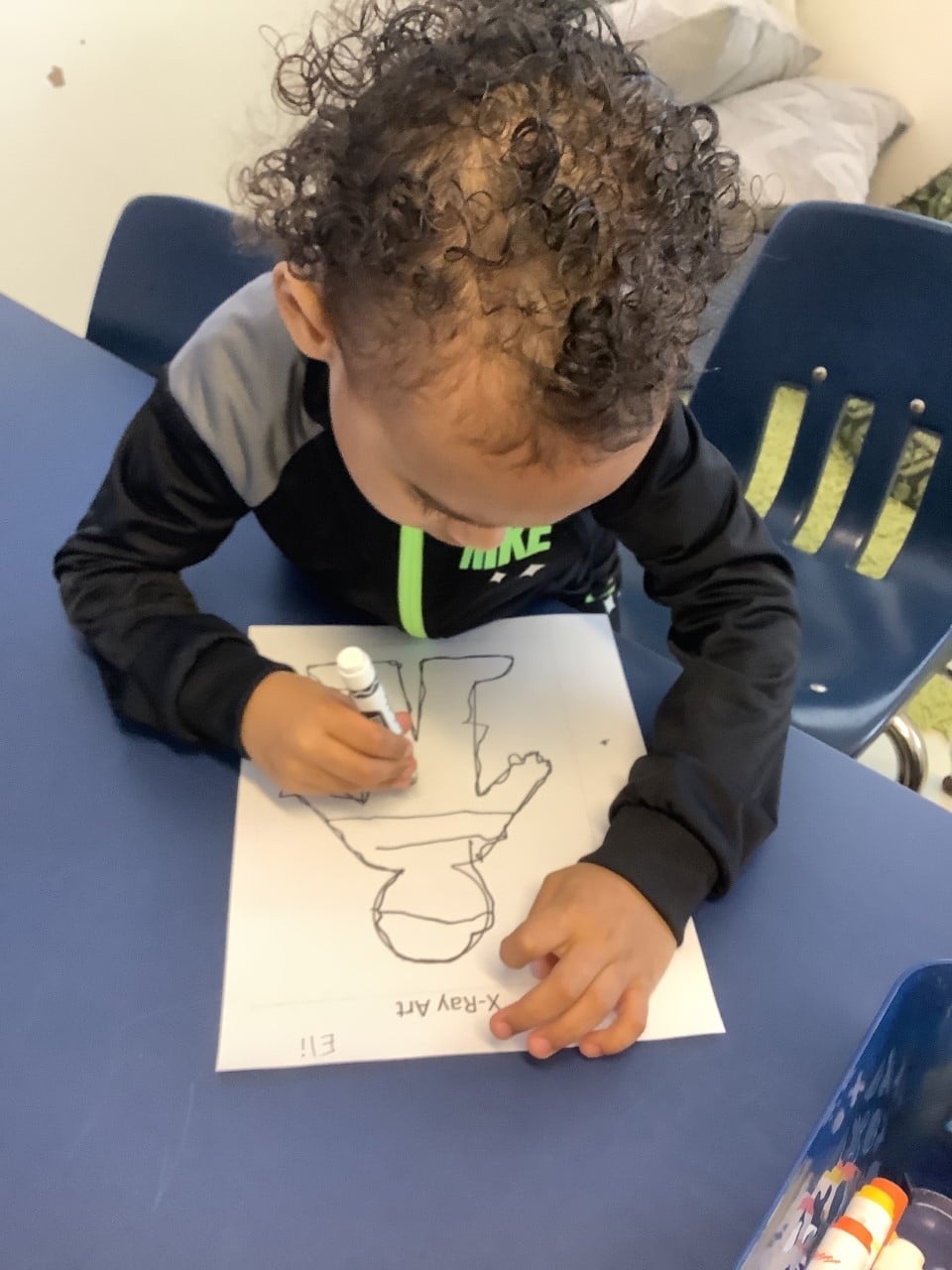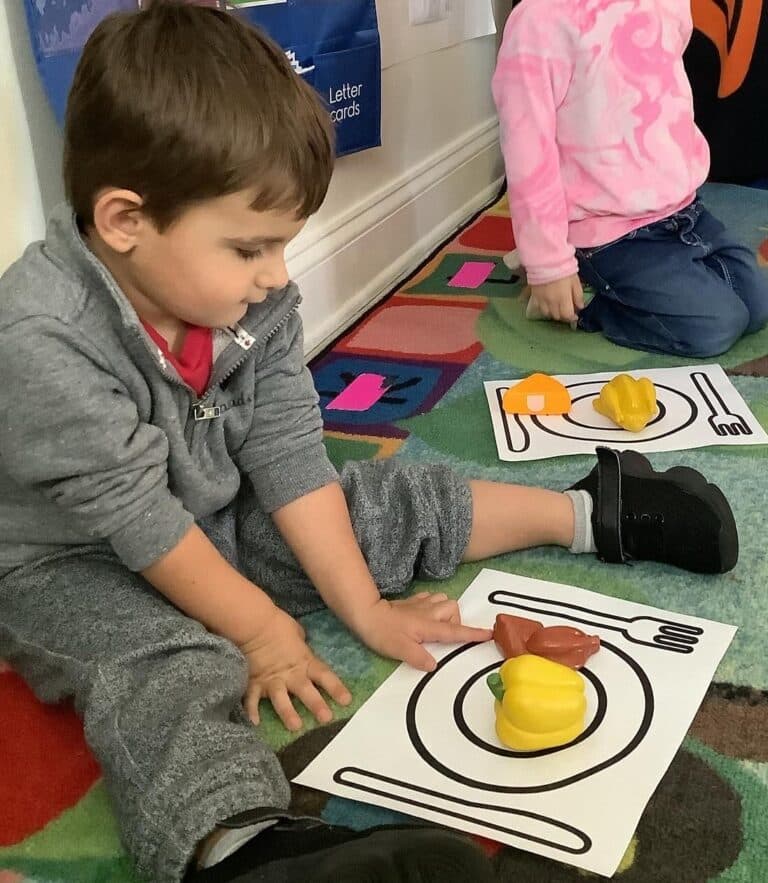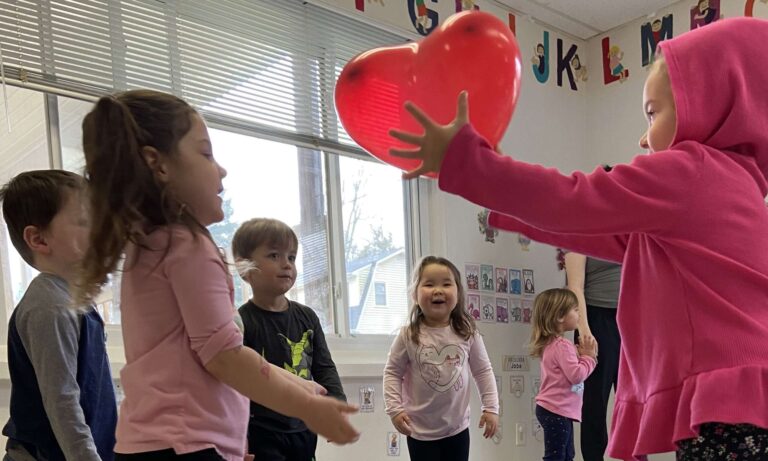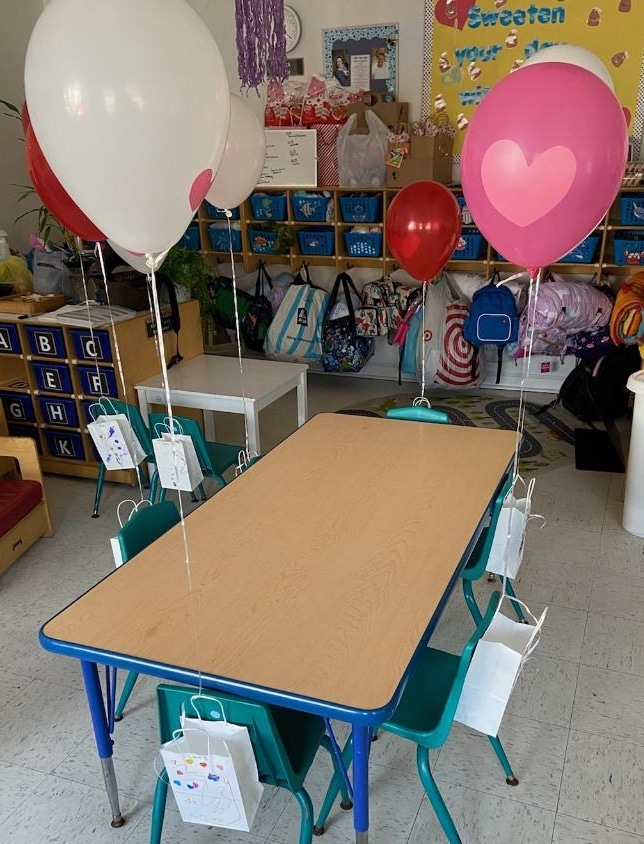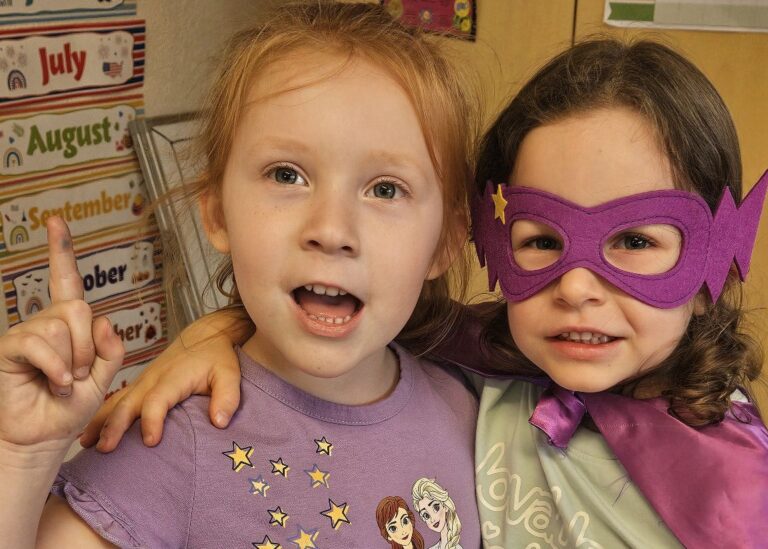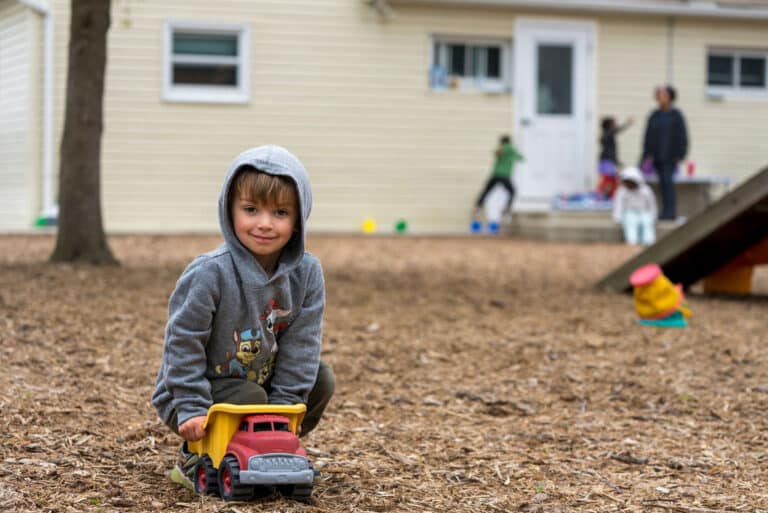We are continuing to focus on Empathy and Kindness during the month of LOVE! The definition of Empathy means that someone can share or understand the emotions and feelings of another person. Someone may need to have a certain amount of empathy before they can feel compassion.
Empathy is important because it is a critical social skill for others to have. It also paves the way for all other skills. Having empathy helps to understand emotions, and feelings, have compassion for others as well as be able to connect and build relationships.
Here are 10 strategies to help with teaching empathy in the classroom and at home!
Talk about Emotions- Not just the child’s feelings, parents and teachers can model by using the I-statements and teach emotions as they come up.
Keep an Emotional Vocabulary/Vision Board– By keeping a board for children to see, it will help them recognize different emotions.
Teach Social Cues- Along with the Vision Board, you can also have visuals of facial expressions, body language, and tone of voice pictures as this is beneficial to teaching empathy.
Daily Routine- Create a routine of asking your child how they are feeling. They need to know they are important, loved, and supported. This could be done during the car drive to school or during time together.
Identifying Emotions- With your child, you can identify emotions using books, magazines, and photos and encourage them to identify how each person might be thinking and feeling.
Teaching Empathy Using Scenarios- Depending on the age, you can have children role-play (or use puppets) and create scenarios. For example, Johnny fell on the playground and Susie laughed. How do you think Johnny felt? How would you talk to Susie?
Build Confidence- Have the children share their strengths or what they are good at by complimenting themselves. They can write or draw 5 things they are good at and hang them up for them to see daily.
Optical Illusions- This is a fun way to teach perspective-taking. This will teach each other that we all don’t think the same. (This activity may be geared toward older children.)
Teaching Coping Strategies- Everyone needs to find effective strategies that help manage tough emotions. Some strategies that can help are calming jars, taking a break/going to a quiet area, drawing how they feel or writing in your journal, listening to music, and practicing mindfulness/yoga.
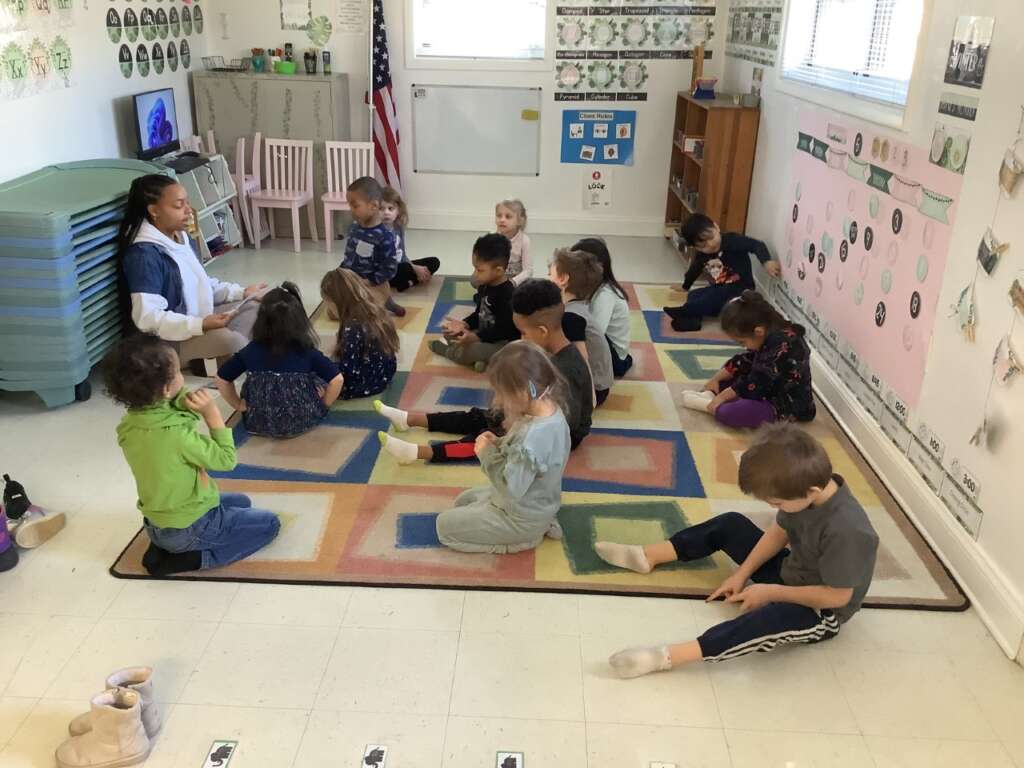
Encourage Random Acts of Kindness- Teaching and encouraging Random Acts of Kindness can include, donating old toys to charity, sending a picture/card to someone special, donating old towels/blankets to animal shelters, painting rocks and hiding them in the neighborhood, or baking treats and deliver them to your local police or fire station.
During our Positive Education Focus with the children, we read the book, “The Monsters Who Love His Mean” by Tiffany Streitz Haber and Illustrated by Kirstie Edmunds. The book focused on how everyone knows that the M in “Monster” stands for MEAN, but what happens when a monster can’t be mean any more? Is he still a monster at all? One young monster’s attempts to live up to his name go hilariously awry as he discovers, with a little help from new friends, that it’s not what you’re called, but who you are that count.
We continued the conversation with the children by discussing the different types of feelings and emotions like brave, excitement, strong, and love. We also discussed what not-so-good feelings are, like anger, fear, and sadness.
As we began the Empathy X-Ray Artwork, we asked the question, “What does it look like on the inside of your body when you’re feeling brave or scared?”
To complete the Art project, the teachers first asked if they have ever heard of an x-ray machine and then explained that it scans your body to see what’s going on on the inside. The teachers then provided the children with an outline of a body on a piece of paper along with markers and asked them to draw what it looks like on the inside of their body. Once the Art was complete, the children then explained to their class what they were feeling on the outside and inside at that moment.
This art project is so helpful in explaining how other people feel and how we can have compassion for others. We encourage you at home to discuss empathy/compassion with your little ones by having them draw and/or discuss their feelings and emotions.
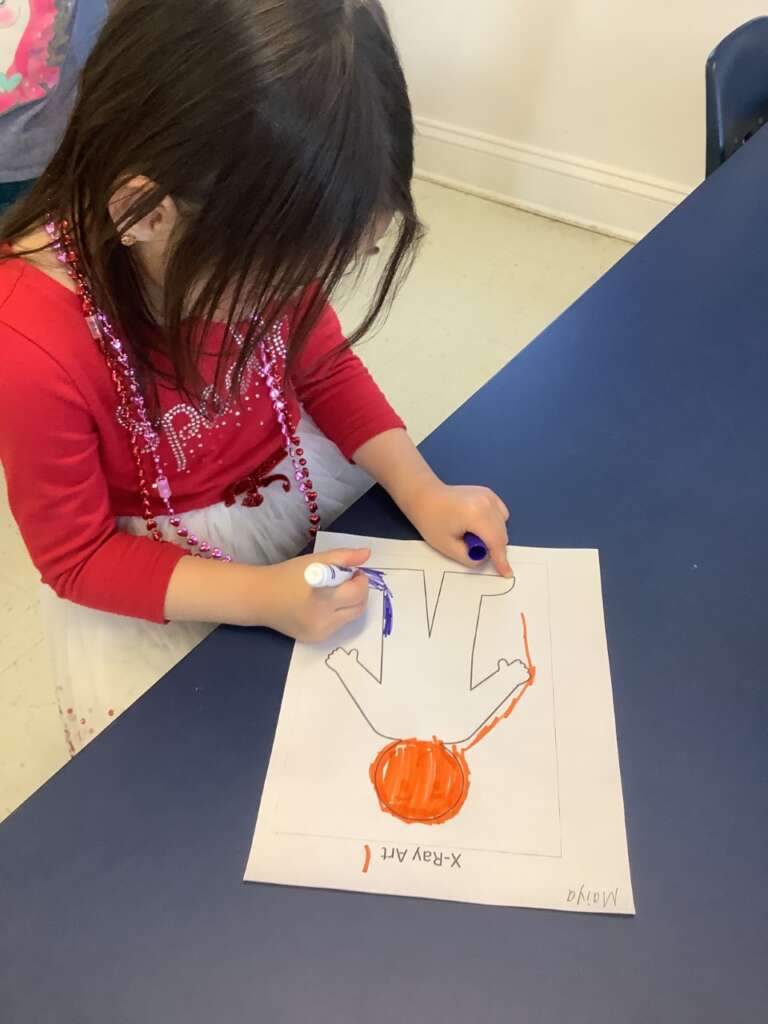
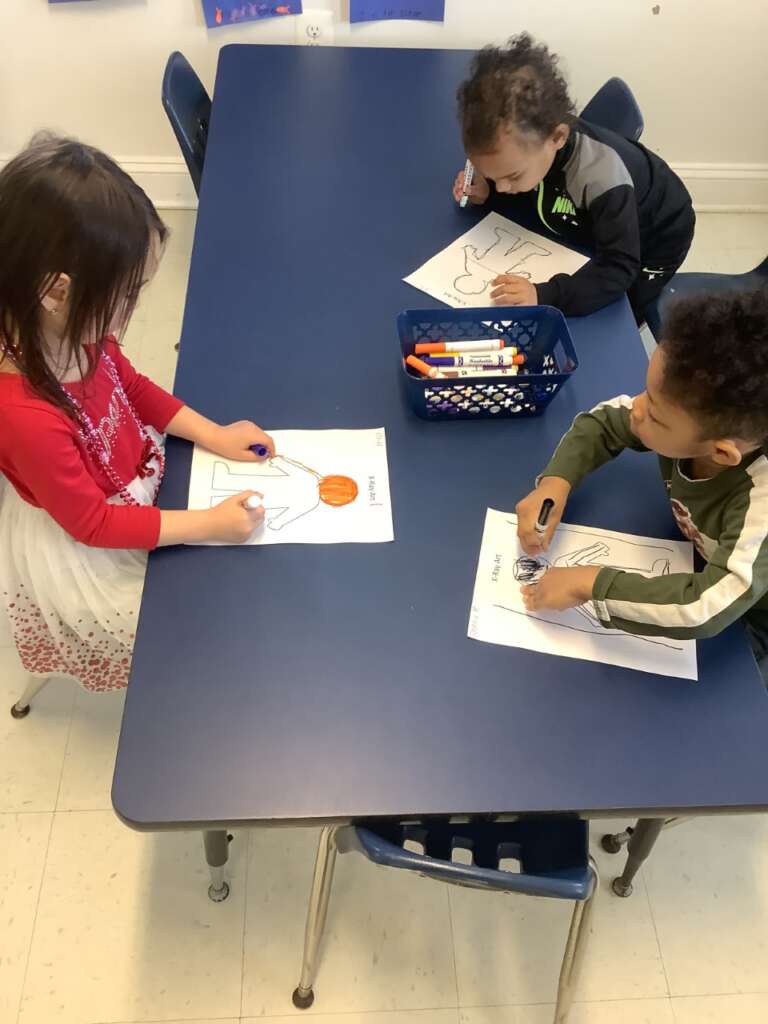
Be sure to come back next week as we discuss more Empathy and Kindness!

